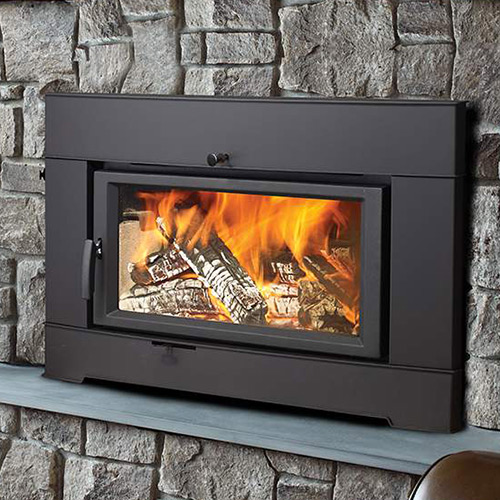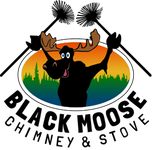 Because they are so useful for a wood burner, and because I enjoy them so, I wanted to make this entry on an intro to the chainsaw – or a beginner’s guide to the saw. While I only have average experience using a chainsaw for someone who processes their own firewood, I do have several years experience fixing and selling chainsaws professionally. In the past I have been certified by both Husqvarna and Stihl.
Because they are so useful for a wood burner, and because I enjoy them so, I wanted to make this entry on an intro to the chainsaw – or a beginner’s guide to the saw. While I only have average experience using a chainsaw for someone who processes their own firewood, I do have several years experience fixing and selling chainsaws professionally. In the past I have been certified by both Husqvarna and Stihl.
So you want to purchase a saw? Great! There are somethings to look for and chainsaw quality can vary greatly within the industry. The same golden rule applies to saws: You get what you pay for. If you buy a cheap saw, all else being equal, it will perform worse and die sooner than a better saw. Cheap saws have their place, but if you’re cutting and preparing more than a cord or so of wood a year you’ll want something better than a hundred-dollar-special. The best thing to do (in my opinion) is to visit a local reputable dealer and shop. Remember, for the most part good saws come from dealers. Cheap saws come from box stores, no matter what brand.
Protective gear is also a good idea. Kevlar chaps can save your legs. I have, on more than one occasion “repaired” a non running saw by pulling kevlar fibers out of the sprocket. The customers often didn’t even know they hit their legs. If you’re felling trees a good helmet with ear and eye protection is important. Dead or hung up branches can fall and injure or kill you. Eye protection keeps sawdust out of your eyes while cutting also.
One hazard a saw operator can face is kickback. What happens is the top quadrant of the bar tip catches on a log, digs in, and flings the saw back at the operator. It doesn’t always happen, but it’s something you should be aware of and watch out for. Make sure you have a good grip on the saw and good footing while using it, and try to keep the top of the bar from touching other logs while cutting. The best way to avoid it is prevention.
Saws do require maintenance and good quality mix fuel. Fuel should be mixed with the proper amount of 2-stroke oil and fresh fuel should be used. Fuel nowadays contains ethanol, which isn’t very good for 2-stroke equipment. Keep the fuel clean and free of moisture and do not store fuel in your equipment no matter for how short of a time – even overnight. Ethanol and water can destroy the saws delicate carburetor and also can result in the saw running on a very lean mixture and burning it’s engine up.
Keep your chain nice and sharp too. Sharp chains will make the saw easier to use and can reduce fatigue and injury on the operator. They also will prolong the life of the saw. Sharpening with a file can take some practice, but is well worth it. It’s also nice to have a spare.
There’s way more to saws than this crude “crash course” can say. Stihl has a great hour long video on the web on a similar theme, owning and using a saw. It’s pretty good and informative. Saws are handy to have when a tree falls on your property. They also greatly expand your ability to get free wood from neighbors. I sometimes carry one on the truck during winter storms just in case. So have fun Paul Bunyan, and don’t cut your leg off!


